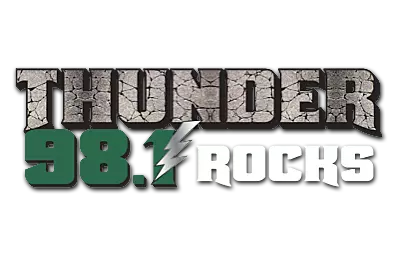
Statues of Tucson “El Vaquero”
Statues of Tucson:
Statues of the Southwest - “El Vaquero” When you think of cattle rustling, lasso, and chaps, your mind usually goes to the Anglo “Cowboy,” but you would be wrong. The vaquero (the cowboy) came into existence hundreds of years before any American cowboy. Mostly composed of natives from the area that is now Mexico and trained by the Spaniards, vaqueros were adept at herding, lassoing, training wild horses, and building their own saddles. Some of the words we associate with cowboys were derived from Spanish words. Lasso comes from the word “lazo” (“rope”), and the word “chaps” comes from the word “chaparreras.” The vaqueros played a large role in taming the wild west, especially in California and Texas. Many Hispanic owned ranches in Texas were purchased by European settlers. The vaqueros would then train them on how to “cowboy” including making their own braided lassos. As western expansion continued and later with the advent of film, the vaquero would be overshadowed by their white counterparts. Despite this, the contributions of the vaqueros cannot be overstated or forgotten. “El Vaquero” is a tribute to the unyielding spirit of the Mexican and Hispanic communities, especially that of the Las Vistas neighborhood in Tucson, Arizona. It prominently features the braided lassos and chaps for which the vaqueros were vital in the creation. Created by local artist and sculptor Dan Hickman, it can be viewed at James Thomas Park, located at 3200 S Forgeus Ave, Tucson, AZ 85713.
When you see a statue, stop and take a look at why it is there, it is always educational.
More From Thunder 98.1









